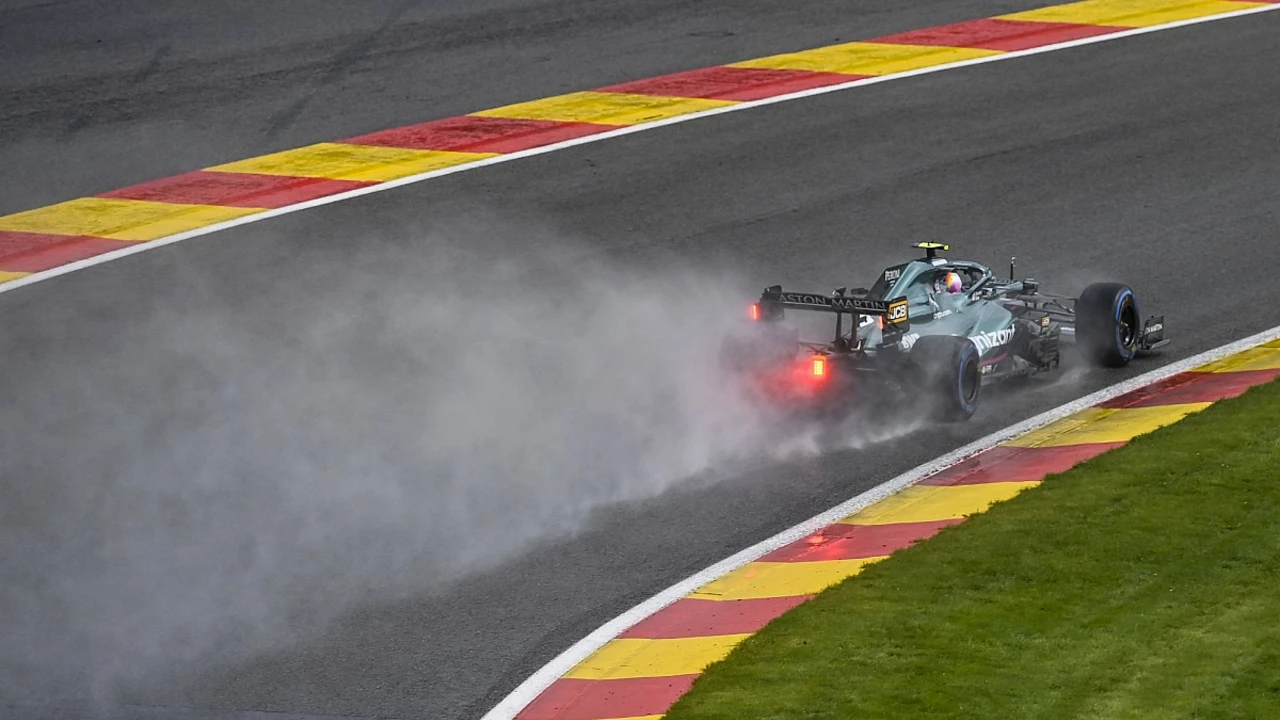
Understanding the Basics: What is a Formula 1 Flying Lap?
Before diving into the specifics of a Formula 1 flying lap, it's important to understand what it actually means. A 'flying lap' is a term used in Formula One racing that refers to a lap of the circuit that is timed, meaning it has the potential to count towards the final race results. This lap differs from others in that it begins at full speed, rather than from a standing start. This is why it's referred to as a 'flying' lap - because the cars are already in motion.
The concept of a flying lap is critical in Formula One racing, particularly during qualifying sessions. These sessions determine the starting positions for the race, with the fastest flying lap securing the coveted 'pole position'. So, let's delve deeper into the intricacies of a Formula 1 flying lap, and why it's so important in the world of motor racing.
The Importance of the Flying Lap in Qualifying
Qualifying is a crucial part of any Formula 1 race weekend. It's the session where drivers compete to set the fastest time around the circuit, and the results decide the starting grid for the race. The flying lap plays a key role in this, as it gives drivers the chance to push their cars to the limit without worrying about starting from a standstill.
During a flying lap, each millisecond matters. The drivers need to find the perfect balance between speed and control, pushing their cars to the absolute edge while staying within the track limits. A single mistake could ruin the entire lap, forcing the driver to start again and potentially lose a good starting position.
Mastering the Art of the Flying Lap
Achieving a perfect flying lap is no easy feat. It requires exceptional driving skills, a deep understanding of the track, and a finely-tuned car. Drivers need to know exactly when to brake, when to accelerate, and how to take each corner to shave off precious milliseconds.
Moreover, the track conditions can significantly affect a flying lap. Changes in weather, track temperature, and even the amount of rubber laid down from previous laps can alter the car's grip levels and impact the overall lap time. Therefore, the teams need to constantly monitor these factors and adjust their strategy accordingly.
Analyzing a Flying Lap: From Start to Finish
Analyzing a flying lap can provide a lot of insight into a driver's skills and the car's performance. It all starts with the 'out lap', where the driver warms up the tires and brakes to prepare for the flying lap. This lap is crucial, as the car needs to be in optimal condition to achieve the fastest possible time.
Then comes the flying lap itself. The driver needs to take the perfect line through each corner, hit the apex at just the right moment, and avoid any unnecessary movements that could slow down the car. After crossing the finish line, the lap time is recorded and compared to the other drivers' times.
Iconic Flying Laps in Formula 1 History
Over the years, there have been many memorable flying laps in Formula 1 history. Who can forget Ayrton Senna's magical lap at Monaco in 1988, where he outqualified his teammate by an astonishing 1.427 seconds? Or Lewis Hamilton's record-breaking lap at Silverstone in 2020, where he beat his own pole position record by over three tenths of a second?
These iconic moments highlight the sheer skill and determination required to master a Formula 1 flying lap. They also serve as a reminder of just how exciting and unpredictable Formula 1 racing can be, making it one of the most thrilling sports to watch and follow.

